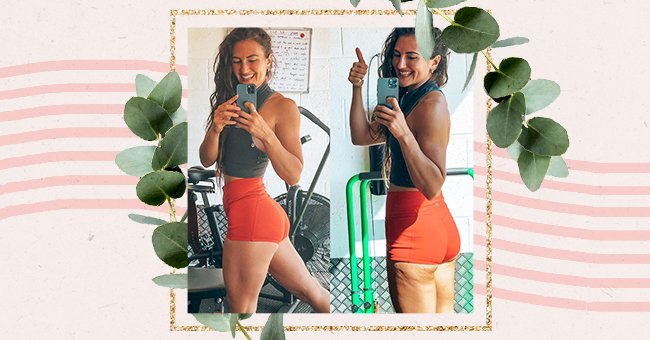
Exploring Fake Body Positivity
Body positivity is one of the most popular social media movements and has gained its influencers tons of followers. Unfortunately, many have identified the movement’s growth and capitalize on it.
The body positivity hashtag has over 7.8 million Instagram posts on May 25, 2021. Over 7 million people identify with the body positivity messaging, and many other accounts, gyms, nutritionists are noticing.
The rising interest in this movement has opened up the possibility of dishonest participation in it. Read more to explore the phenomenon of fake body positivity and how influencers and companies participate in it.
Instagram Vs. Reality
Over the past year, there has been an influx of body positivity posts online, but the messaging has been skewed. The body positivity movement aimed to instill a positive body image for all despite societal norms.
For a while, captioned images under this movement included women with bodies that were shunned by society. Nowadays, you may find a perfectly tanned, skinny influencer posing under the tag.
The ‘Instagram Vs. Reality’ posts are an example of a tone-deaf take on body positivity, making it a false representation. In these images, influencers pose in an unflattering light and contort their bodies to reveal fat rolls.
These posts aim to show off what society deems as flaws to seem more relatable online. Unfortunately, it’s evident that some of these influencers seek to cash in on a movement that may not be targeted at them.
Unpacking The Privilege Of Posting
Most influencers who participate in the Instagram Vs. Reality trend are able bodies, thin white women. These women are celebrated in society for their looks and don’t often feel the effects of fatphobia or other biases.
The increased popularity of these images pushed an influx of thin influencers as representatives of the movement. Those who don’t fit society’s body ideals don’t show up as the faces of body positivity anymore.
“Those that live in thinner bodies do need to acknowledge their privilege. They live at an advantage because they are thin, so their images will be shown more than women with plus-size bodies. But ultimately, we all have the same goal: to normalize all bodies.”
Says Health Coach, Retreat Owner, and Influencer Mik Zazon
Many followers of the body positive movement have expressed that they cannot change their bodies with poses and lighting. This observation makes it essential for these influencers to be more aware of their privilege.
Body Positive Inclusivity
While there are qualms about the influx of marketable body positivity, others call for inclusivity. Unfortunately, it is the reality that even thin men and women feel pressured about their bodies.
Showing the imperfections of bodies of all sizes is essential in making body positivity more inclusive. However, the onus is also on these influencers with more socially acceptable bodies to ensure everyone is included.
Many gyms, fitness centers, and lifestyle brands reach out to thinner body positive influencers for campaigns. In this case, one should exercise their privilege to recommend the visibility of disabled and fat bodies.
This also applies to the types of people who work at fitness centers and lifestyle brands. These men and women should reflect all bodies, so the movement represents all bodies in all spaces that claim body positivity.